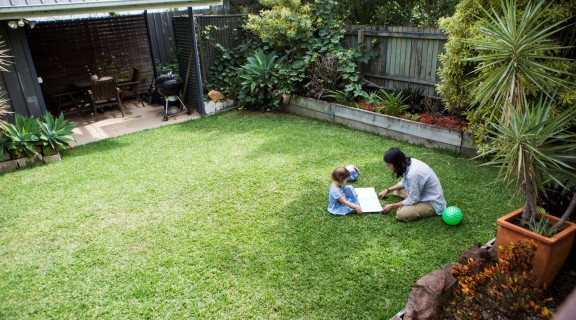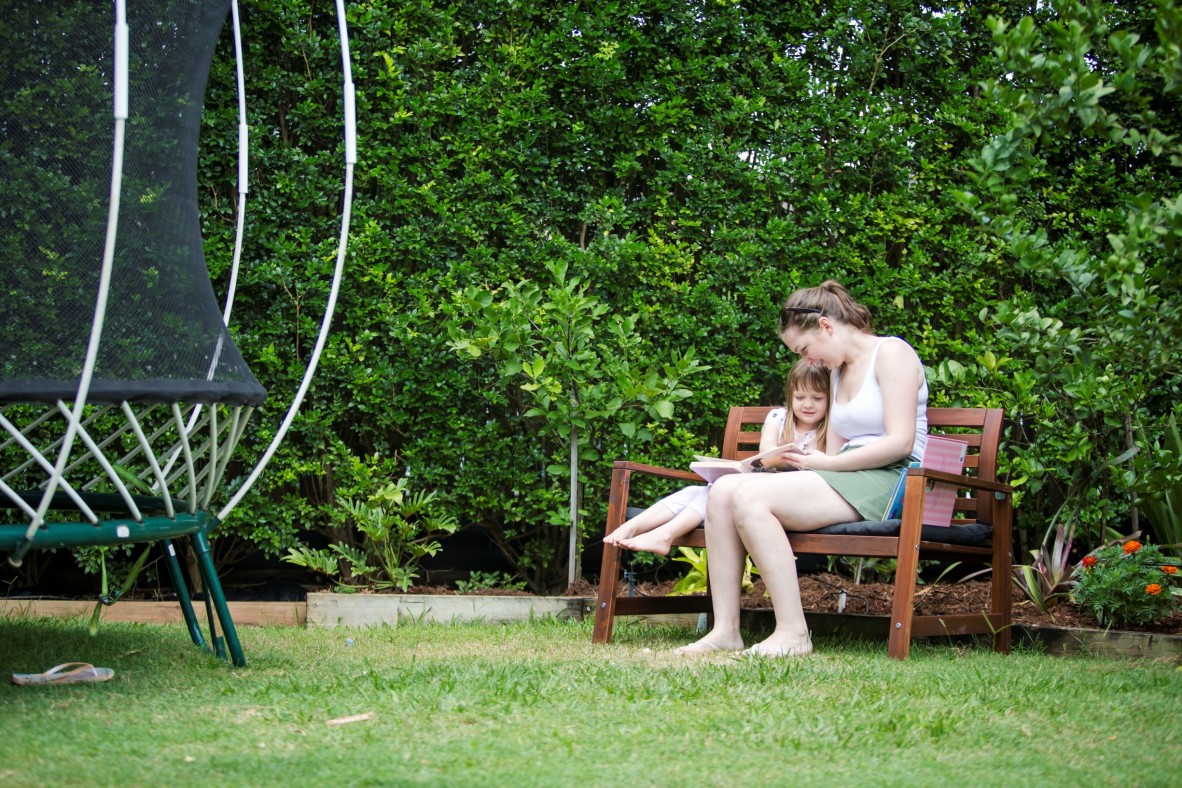
Using books to help you talk with your kids about race
15 April 2021 | State Library of Queensland
It’s an unfortunate fact of life that children will encounter issues related to racism at some stage in their lives. Kids notice differences between people at a very young age, so it’s important for their grown-ups to guide them towards acknowledging and celebrating diversity. Having big, important discussions in an open and positive way has a powerful impact on young children and it’s never too early to start.
Try these ideas as you read
Normalise diversity. Pointing out skin colours and other physical aspects of the characters can get kids noticing differences and appreciating them: “This baby’s knees are brown,” or “Look, her hair is puffy, isn’t that beautiful?”
Give matter-of-fact answers to questions like “why is that person’s skin colour different to mine?”. If you’re uncomfortable when your child asks you this kind of question, they might think there’s something wrong with asking about it. You could try saying “we’re all different and that’s okay”, or try UNICEF’s suggestion: “We are all human, but we are all unique, isn’t that amazing!”. Sesame Workshop has more tips and videos featuring favourite Sesame Street characters.
Talk about fairness. If a character is being treated differently because of the way they look or where they come from, ask your child if they think it’s fair, and talk about how sad that character might feel to be treated unfairly.

Having big, important discussions in an open and positive way has a powerful impact on young children and it’s never too early to start.
These are uncomfortable conversations and that’s okay
Sometimes, parents and caregivers don’t talk to their kids about race and racial differences because they worry that it might make their child biased. However, if we avoid talking about tricky subjects like racism with our kids, it can make it harder for them to have an open and positive mindset and can even reinforce negative ideas they might have.
A great way to start helping children become accepting and globally minded is through picture books, try sharing these books with your little one today:
I love me by Sally Morgan and Ambelin Kwaymullina
The Coloured Echidna by Eunice Day
My two blankets by Irena Kobald
Shades of people by Shelley Rotner and Sheila M. Kelly
It’s okay to be different by Todd Parr
Everywhere babies by Susan Meyers
Further reading for grown-ups
Jennings-Edquist, Grace (2020) How to talk to toddlers and young children about racism. ABC Everyday.
Turnbull, Samantha (2020) How to raise culturally aware kids. ABC Everyday.
Sesame Workshop (2020) Coming together: talking to children about race and identity.
Lewis, Kate (2018) Many classic children’s books have troubling themes or language. Should we read them anyway? Washington Post.
Steiner, Meredith (2018) Talking with young children (0-5) about race. Association for Library Service to Children.
Comments
Your email address will not be published.
We welcome relevant, respectful comments.